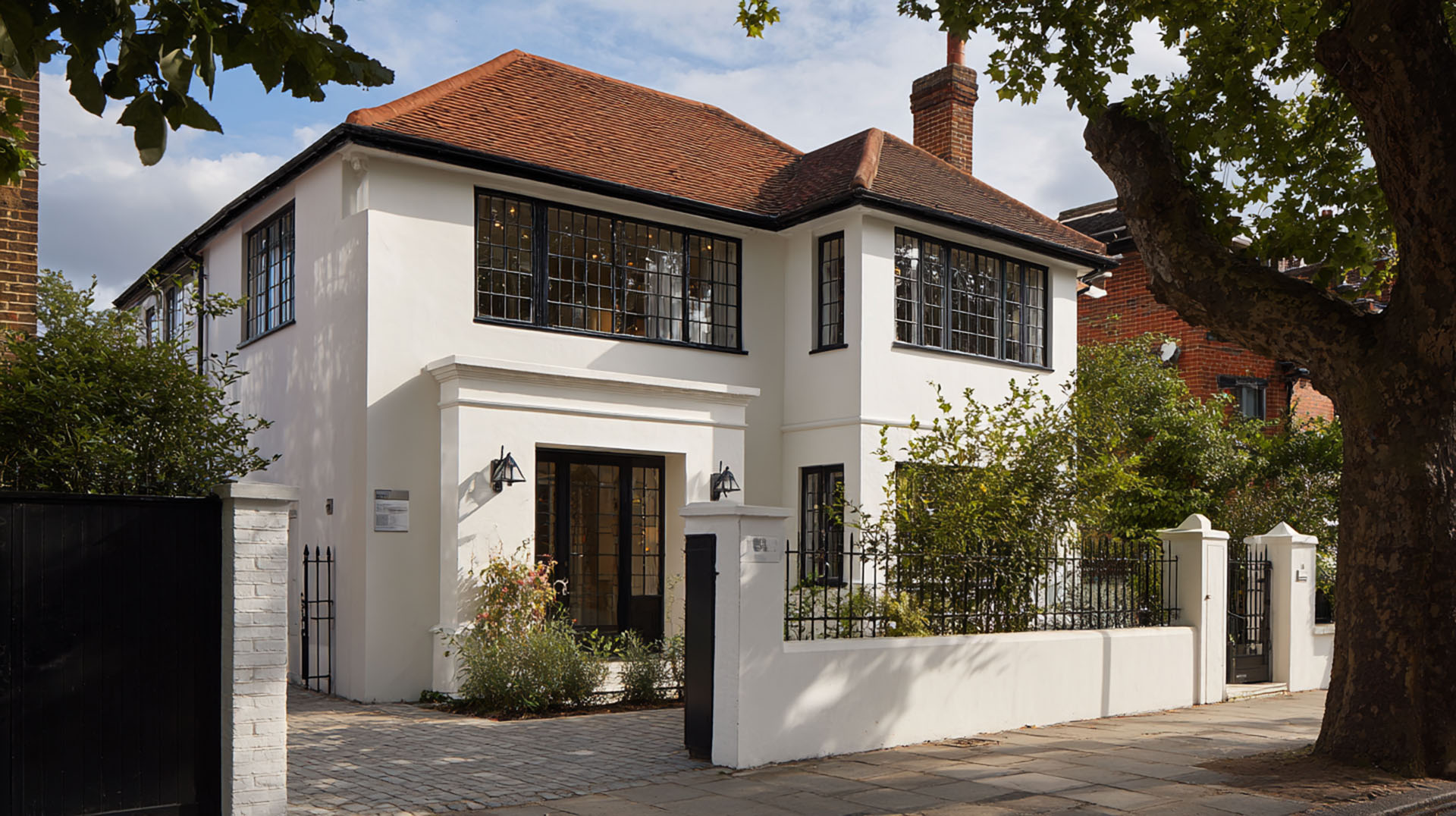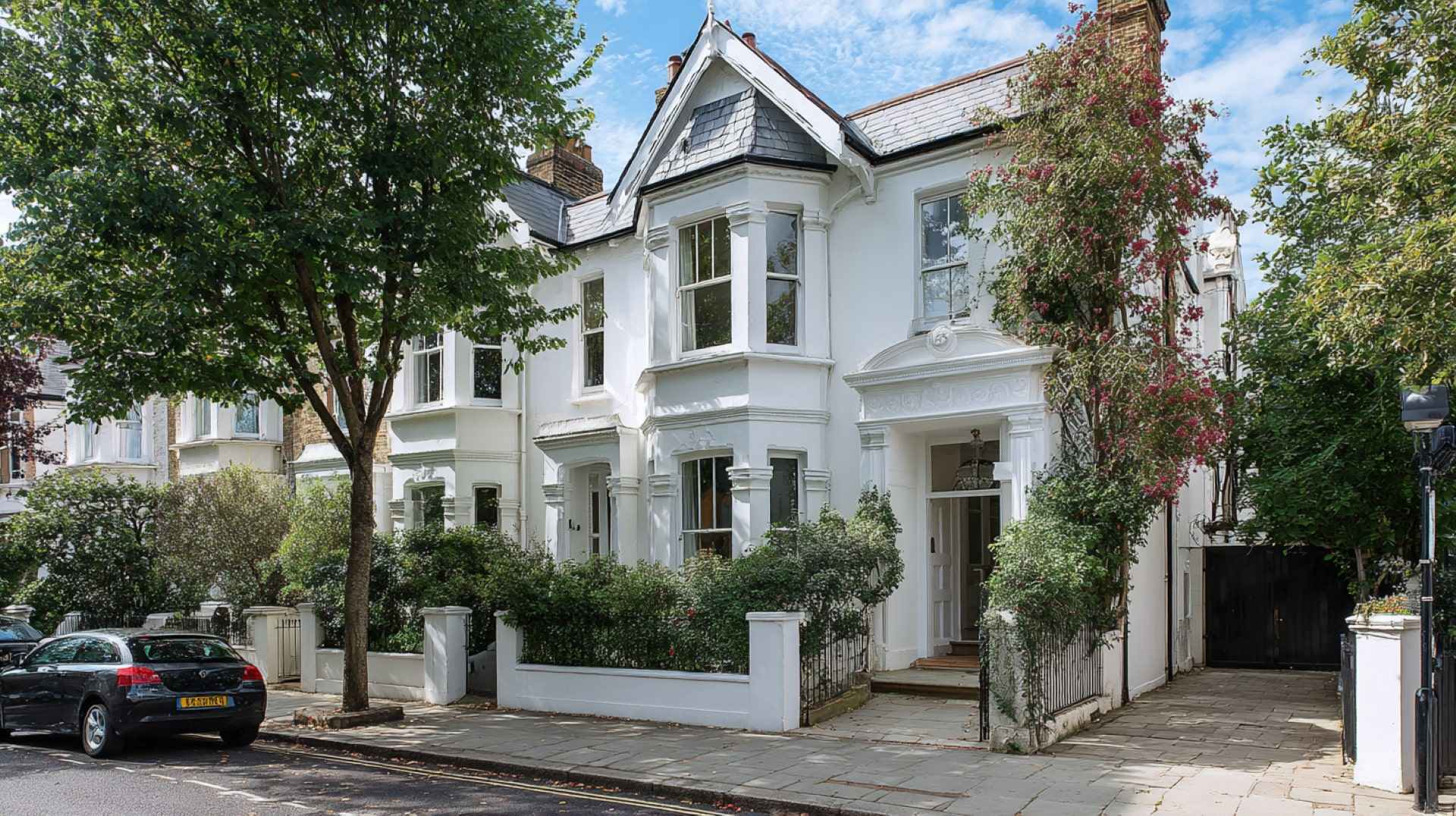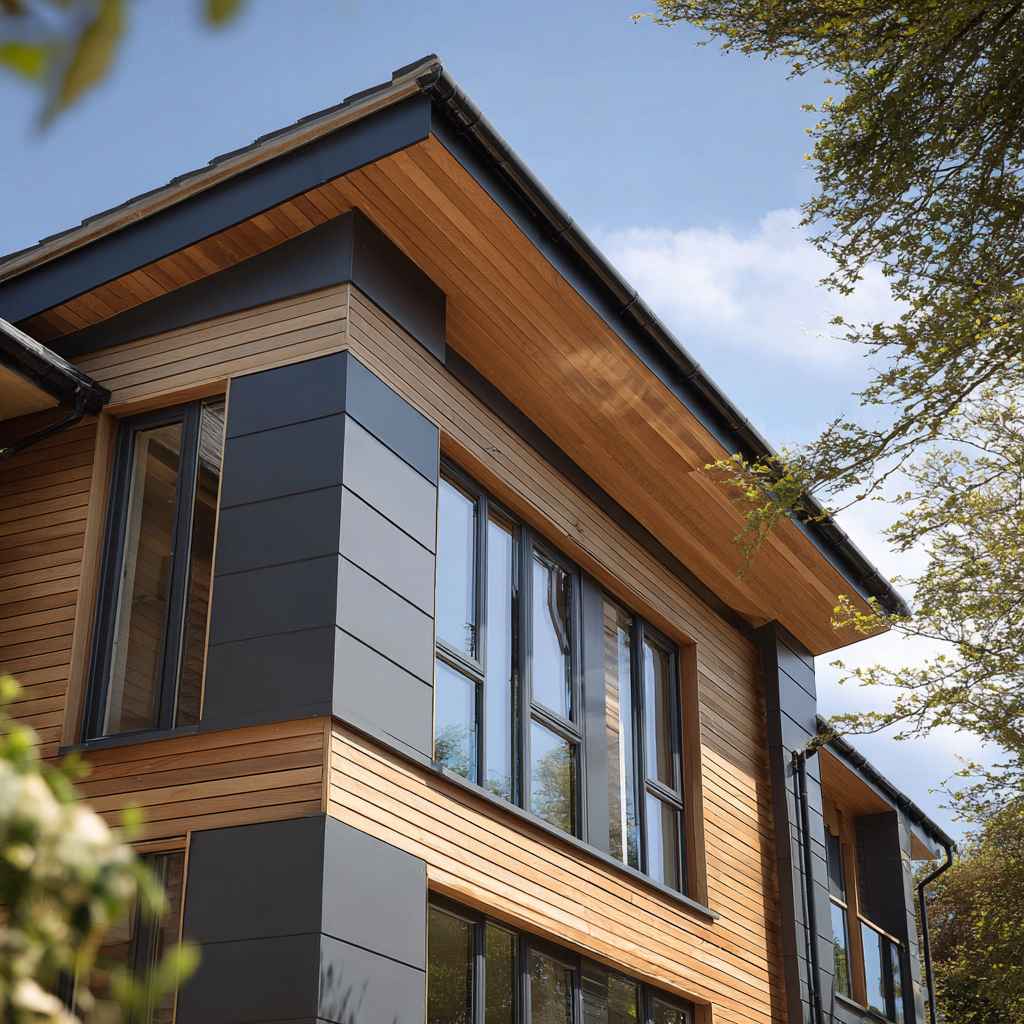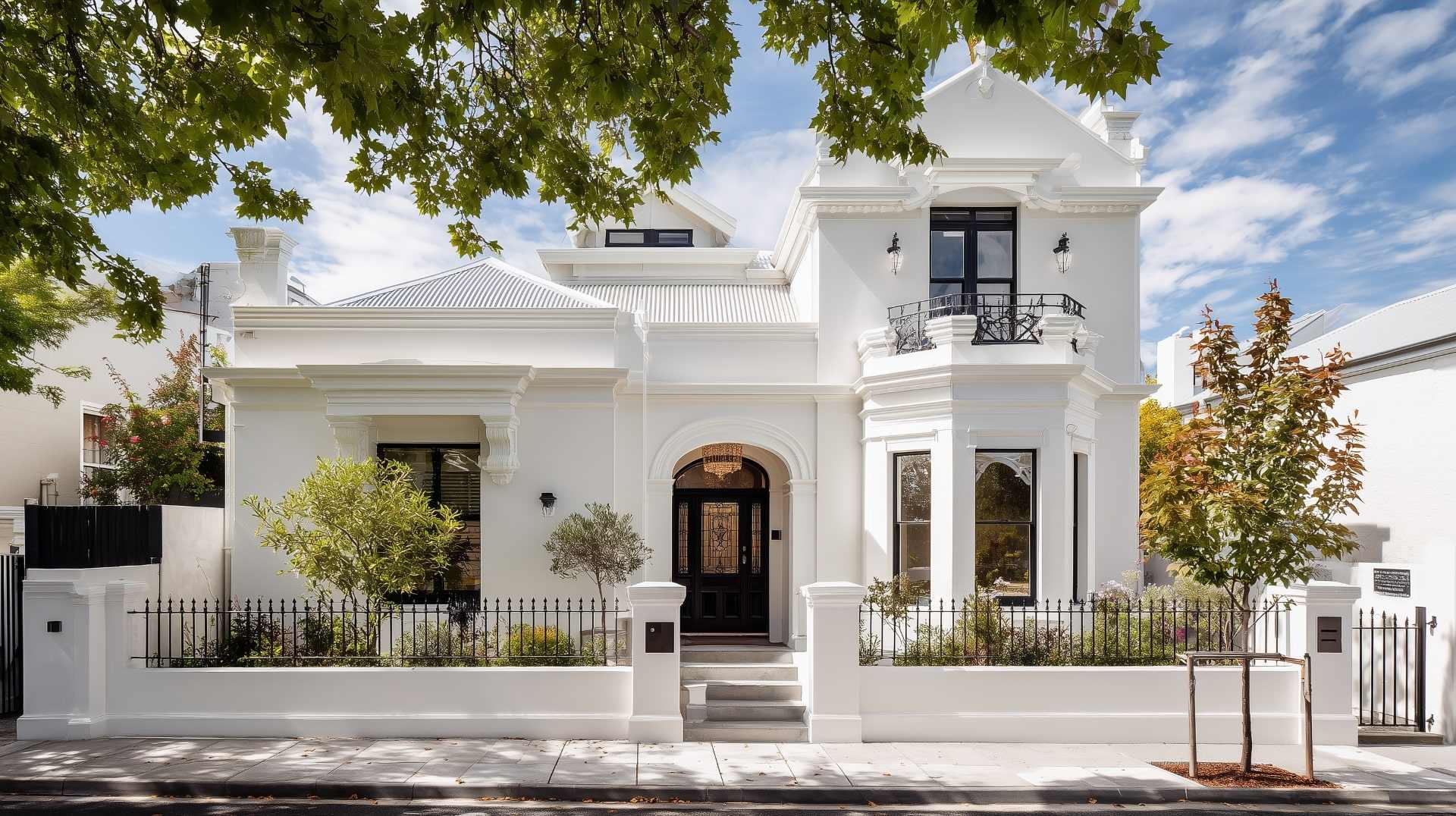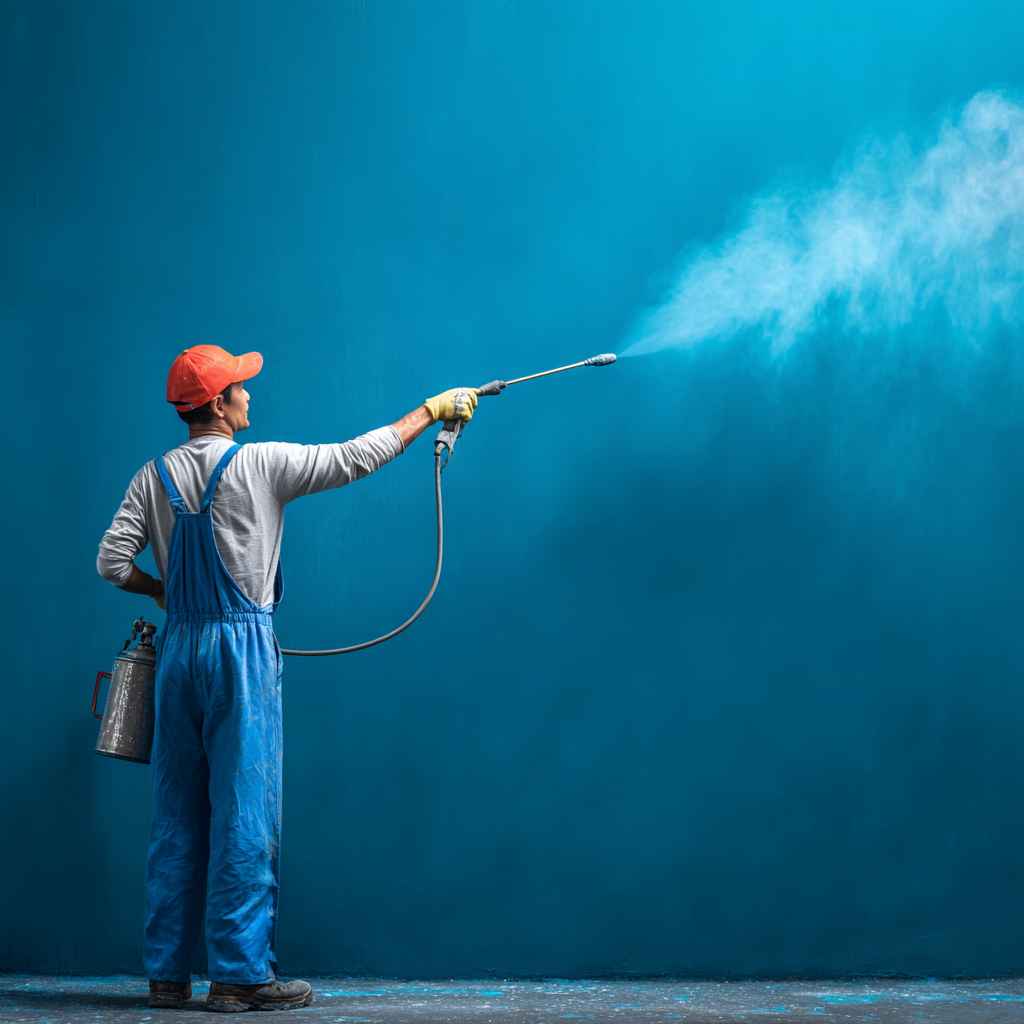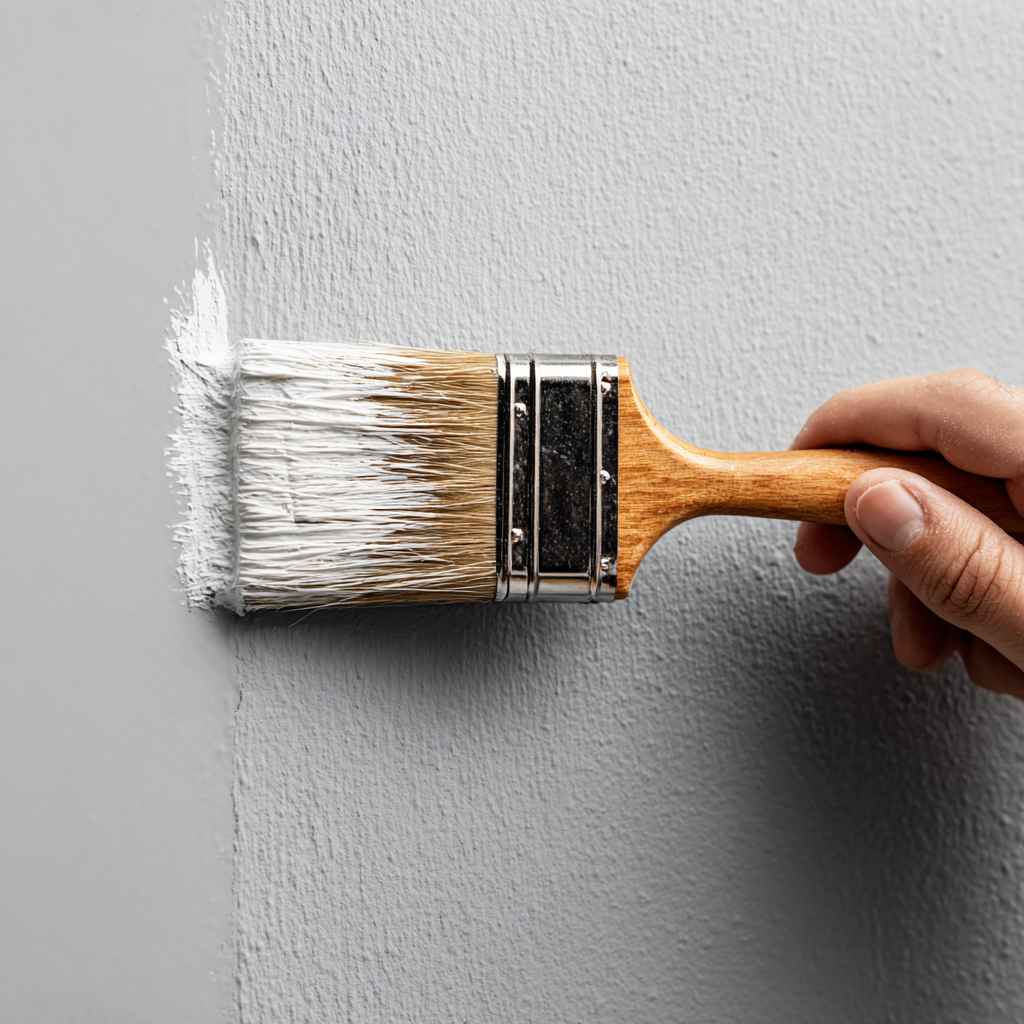External Wall Insulation: Cost, Benefits & Latest Trends in 2025
Many people are looking for a long-lasting, low-cost way to control the temperature inside their homes without advanced technology. External Wall Insulation (EWI) is the best option because it keeps homes warm in the winter and cool in the summer with minimal effort. Not only that, but it also lowers your energy bills and carbon footprint.
Even though external wall insulation has benefits, it is still not used enough because not enough people know about it. Let’s explore its cost, perks, and trends.
Key Takeaways
- Learn how EWI uses outdoor insulation methods to make buildings more energy efficient.
- Look into the benefits of EWI for saving energy, ease, looks, and the environment.
- Find out why adding insulation to the outside of existing walls is a good idea.
- Find out what affects the price of EWI, such as area, supplies, and work.
- Keep up with changes in insulation materials and technology trends.
What is External Wall Insulation?
One technique for increasing the energy efficiency of buildings with solid walls is external wall insulation. Putting insulation materials on the outside of a building, such as expanded foam, cork, or mineral wool, is what it means. These things are firmly attached to the outside walls. After being put up, a protective layer like plaster is applied to them.
This extra safety makes it last longer and be more resistant to the weather. The process not only improves thermal performance, but it also reduces heat loss. Also, it can make older houses look better. It could, however, make the walls thicker.
Benefits of External Wall Insulation
External Wall Insulation does more than just save energy; it also makes homes more comfortable, attractive, and environmentally friendly. If you want to make your house more energy-efficient, EWI is a smart, long-lasting option. Always read external wall insulation reviews before booking any services. Here are some essential perks you should look into:
Lowers Your Energy Costs
EWI helps keep heat inside your home, so you don’t have to use as much gas or electricity for warmth in the winter. When you use less energy, then your electricity bills go down. This is going to help you save a lot of money.
Less Carbon Footprint
Less dangerous pollutants releases when people use less energy. By lowering energy usage, EWI helps protect the Earth. This helps make the world better and healthier, including your homes.
Make the Room Cooler
Throughout the year, EWI keeps the temperature inside the building stable. It makes houses cooler in the summer and warmer in the winter. This makes everyday life a lot more comfortable.
Make the Outside Look Better
With its range of finishes and textures, EWI gives your home a clean, modern look. It makes the outside look better and saves energy at the same time. The outside can be changed to fit your style. You can see the difference between before and after external wall insulation.
Cut Down On Condensation and Dampness
By making the walls warmer, EWI stops the build-up of moisture that leads to dampness and fog. It keeps mould and structural damage from getting into your home. Better air quality is a bonus.
Factors that Affect External Wall Insulation Cost
The external wall insulation cost depends on several key factors. Knowing about these things can help you create a more effective budget and avoid paying extra for stuff during the insulation process. H’s what affects the price:
Things Required
The cost is directly related to the type of insulation used. Mineral wool, foam board, wood fibre, fibreglass, mesh, and stiff insulation boards are all common types of materials. Each one costs different amounts and works in various ways.
The Place
The price depends a lot on where the work takes place. Costs tend to be higher in sm places, but they may be lower in other areas, depending on the availability of labour and the range of products.
Costs of Labour and Other Things
The cost of labour depends on the size of the building, its complexity, and the project duration. Planning licenses, inspections, finish types, and any needed studies may add to the cost. All of these things can have a significant effect on the end cost of external wall insulation.
Latest Trends in Building External Wall Insulation Systems
The market for external wall insulation and DIY external wall insulation is growing quickly because of the push around the world to build in an eco-friendly and energy-saving way. These are the most important trends in this field:
- By 2033, the global EWI market is expected to have grown to several billion. This is because of the high demand in both the household and business sectors.
- From 2019 to 2024, repair projects kept the economy growing steadily. From 2025 to 2033, however, new buildings are expected to speed up growth, especially in places with strict energy-saving goals.
- New ideas like vacuum insulation panels are raising the bar for the effectiveness of outdoor wall insulation systems in retaining heat and their durability.
Can You Add External Wall Insulation To Cavity Walls?
Now that you know what external wall insulation you must understand that adding insulation to the outside of hollow walls is usually not a good idea. This is because hollow walls are made to have insulation inside the space, which makes them more thermally efficient. There is also venting in cavity walls, which lets heat that gets into the inner layer escape into the air. This makes the insulation on the outside almost useless.
Adding insulation to the outside of a building can also cause problems, such as trapping rainwater, which can cause dampness and even damage to the building itself. It is possible to add insulation to the outside of a hollow wall, but most of the time it is not needed and can cause more problems than it fixes.
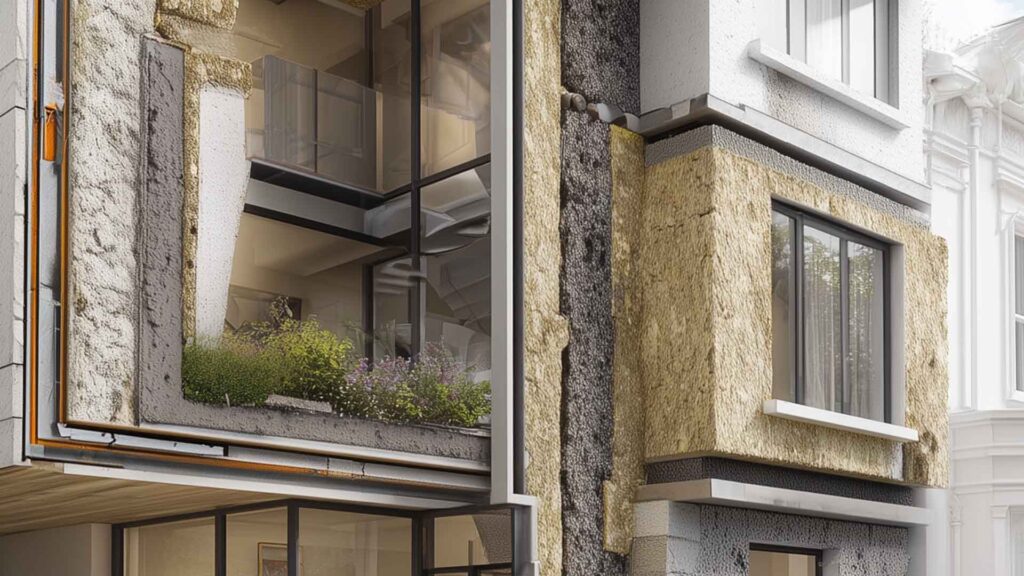
Conclusion
With the best external wall insulation, you can insulate your home and make it more energy efficient without spending a lot of money on electronics. Your home will stay warm in the winter and cool in the summer if you insulate the outside walls. In addition, it makes your house look better and keeps out the bad weather. But only if you use the right materials and put it together the right way.

